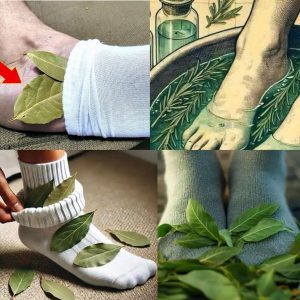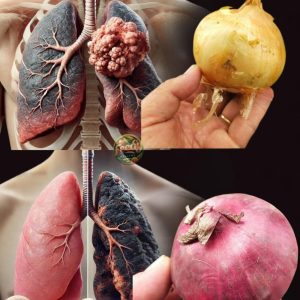Our nails can reveal more than just grooming habits—they can be a window into our overall health. Subtle changes in color, texture, or shape may be early indicators of underlying medical conditions. Paying attention to your nails can help catch certain illnesses before more serious symptoms arise. From vitamin deficiencies to circulatory problems, nails often tell a story about what’s going on inside your body.
Color changes in nails are often the first red flag. Pale nails may suggest anemia, while yellowish nails can point to fungal infections, diabetes, or respiratory issues. Blue-tinted nails may signal poor circulation or low oxygen levels. Even dark lines under the nail should never be ignored, as they could be a sign of melanoma, a serious form of skin cancer. Noticing these changes early can prompt timely medical attention.
The texture and shape of your nails are also important clues. Brittle or splitting nails may indicate a lack of biotin or prolonged exposure to harsh chemicals. Clubbed nails—those that curve downward and enlarge at the tips—could suggest heart or lung disease. Spoon-shaped nails that dip in the center might be linked to iron deficiency. These physical changes often develop gradually, making regular self-checks especially useful.
Healthy nails reflect a healthy body, so don’t overlook them. Regularly inspect your fingernails and toenails for changes, and consult a healthcare provider if something seems unusual. Early detection of nail-related symptoms can lead to quicker diagnosis and better treatment outcomes. Think of nail care as more than cosmetic—it’s a form of preventive health monitoring.


